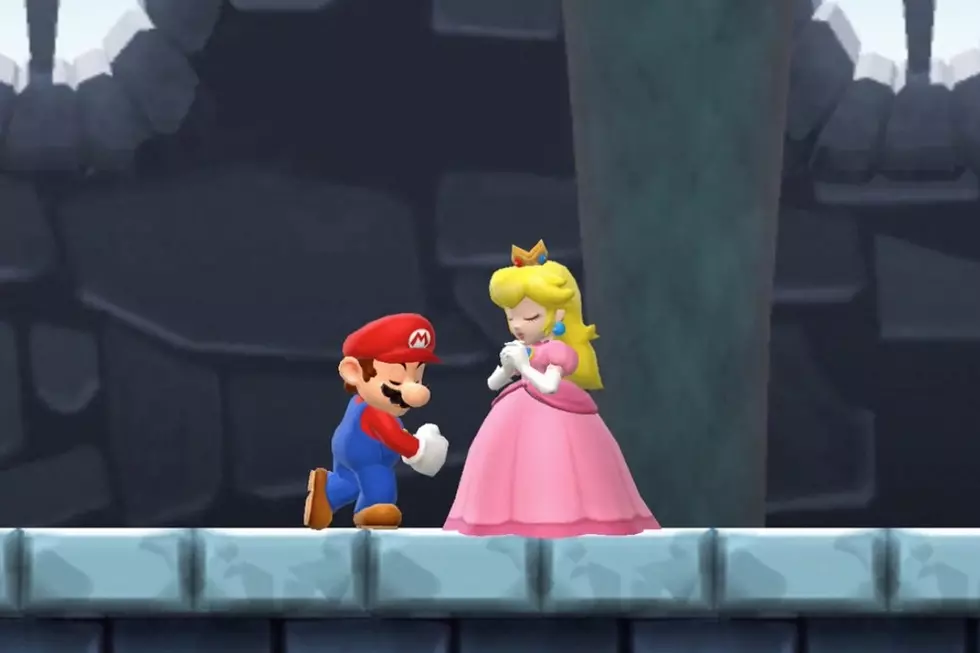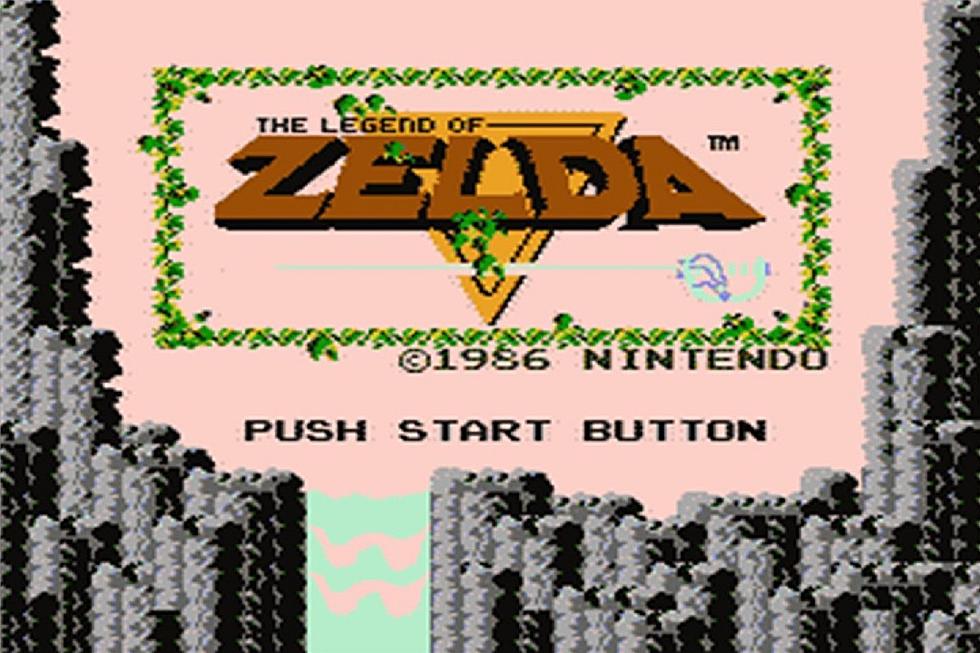
Living the Life: Why Non-Linear Games are a Better Experience
The debate regarding what video games truly are and how we should treat them among older media forms is one that may never end. What constitutes a game as an experience, rather than a linear series of events that a player is escorted through in a set order, can be summed up by a few different things. Player agency, a narrative that serves the world rather than the other way around, and a world that feels like it exists outside of just showing the player what the game developers are capable of (both visually and story-wise) are all integral in making a game a fully realized experience.
An equally heated and perhaps even more layered debate is what constitutes a video game. For example some would say that Gone Home isn’t a game since it only consists of a couple of hours of exploration for the purpose of uncovering the game’s plot. That, however, is a topic to be discussed at another time, for now we’ll focus on interactivity. A common description, and sometimes even selling point, of games these days is linear or non-linear. Triple A titles are sometimes chastised for being too linear or restricting, especially when similar games or previous games in the franchise offer unrestricted experiences. Conversely, a large amount of open-world and similar non-linear games generally do very well. Games like Grand Theft Auto 5, Far Cry 3, and of course Skyrim are all known for not only having strong narratives, but also letting the player experience the game on their own terms.
Let’s look at Skyrim as an example of an open-ended game. Skyrim not only implores players to explore its massive world, but it encourages them to do it however and whenever they please. This creates a seemingly daunting task for players, and it may seem like the game is throwing too many things at once at them. The reality is that this set up creates a living, breathing world that doesn’t feel like window dressing on a corridor or closed off environment that only exists for the sake of the story. One thing that Skyrim does, that many other games do as well, is give the player all the necessary tools to succeed in any manner they choose. Not one mechanic or upgrade is introduced solely for the purpose of getting through the next section. Every upgrade or power up you get, whether by leveling up or through the story, has its use outside of what it’s intended for. This eliminates the feeling that the player is just being handed an upgrade to get through the next section. Practices like that stifle a player’s creativity and almost feels patronizing, like the developers just included certain mechanics and features to advertise them or to appease fans.
Interactivity is the cornerstone of gaming. Before games had deep and open-ended stories or fully-rendered 3D environments, all a game could rely on to be successful was gameplay. This meant that games lived and died on how fun they were to play, what they let you do and how they let you do it. The Legend of Zelda for the NES is a great example of this. The game drops the player in the middle of a new world (literally) and leaves it entirely up to you as to what happens next. Other games during the 8- and 16-bit era, such as Super Metroid or Legend of Zelda: A Link to the Past, give the player freedom to choose how to approach a situation or progress through the game while still having a linear and unchanging narrative. This is great because even though the game progresses the same way every time, the player gets to those points by their own accord. The truly interactive experience that these games offer is part of what keeps them relevant even today.
Games like Skyrim or Legend of Zelda offer more than just a lot of interactivity, they have unique experiences that can be imitated, but never duplicated. You can’t go to another game and get exactly what those games give you. The world they immerse you in, along with the characters and storylines are unique to that game they feel like they belong to you because another person playing the same game won’t have the same story to tell afterward. We are a part of the world and the role we play is up to us even though we’re still part of a linear narrative. This is a seemingly simple thing that other games can get very wrong. Let’s take Ryse: Son of Rome as an example. While it features fantastic visuals and a fairly solid story, the game takes away the player’s choice of how to play, and instead pushes the player forward down a series of corridor-like scenarios and relegates the experience to what the game feels is important or relevant. This removes the interactivity and uniqueness of the experience almost entirely. The player is essentially pressing a play/pause button repeatedly while watching a movie until it’s over.
Another thing this game does, and we’ll bring in Final Fantasy XIII to solidify the example, is build a huge world to create the illusion of immersion. Final Fantasy is more guilty of this than Ryse and other linear games, mostly due to the fact that other games in the Final Fantasy franchise are much less linear and XIII feels like a departure, in a bad way. Rather than continuing the tried and true formula of letting the player explore a giant, multifaceted world, this iteration puts the player in restricting, linear, and disjointed sections. The biggest crime here is the inaccessible world that lies just beyond where we’re allowed to roam, almost as though the game is taunting us with something bigger, knowing we wanted more. While yes, the mechanics and gameplay are admittedly just as deep as other entries in the franchise, it’s all for naught if the only time you can put them to use are when the game lets you. This is a minimally interactive experience at best and a passive experience at worst. Even the most linear games don’t feel passive when the player is allowed to use all of the tools at his disposal however he pleases, even if it doesn’t affect anything in the game.
Now, there’s nothing wrong with linear games. Shovel Knight is a fantastic example of a recent game that uses a linear format yet has a vast level of interactivity. There is a bit of choice as to the order of the boss fights, but other than that the game is as linear as it gets. What this game does right, however is allowing you to use all of your items, power-ups, and armors however you please. Not only does this add to the game’s replay value, but it gives control back to player and even though the story and levels are the same every time no two players’ experiences are the same. This goes to show that while a game’s story and level progression can be set in stone, if a player can be creative about how they play through the game then it becomes an experience all their own.
Video games were built on linear formats and those genres that thrive on linear gameplay such as platformers, shooters and the like are still as popular as ever and a staple of modern gaming. The real fault here is selling the interactive medium short by taking away the interactivity. Video games immerse us in a fully interactive experience and let us, the players, live in other people’s shoes for a small period of time and from that we take whatever we want. It’s when that experience is taken away from us that we lose what truly makes video games unique as a medium.
More From Arcade Sushi









